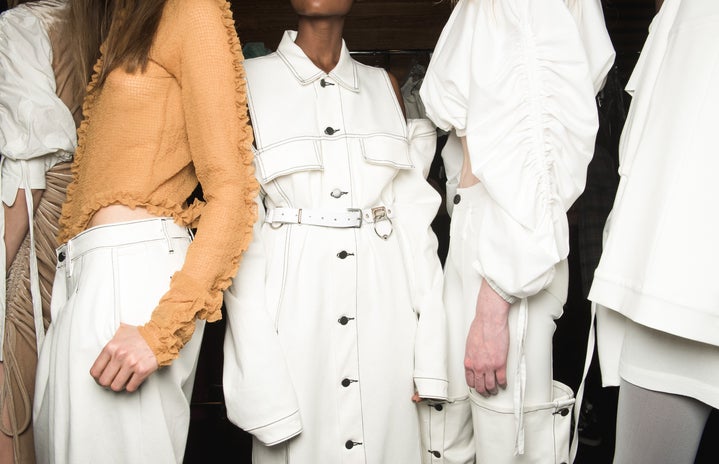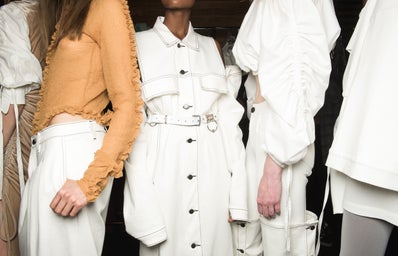Ethical fashion has come into greater focus over the past few years, largely as a result of the collapse of the Rana Plaza building in Bangladesh in 2013, killing more than 1,100 people and injuring another 2,500 – making it the fourth largest industrial disaster in history. The majority of victims were young women who had been making clothes for well-known global fashion brands; labour and human rights groups searched through the rubble, finding the labels of the brands involved. The greatest tragedy is that the Rana Plaza disaster, along with others of the same nature, could have been avoided entirely…
When fast fashion is so cheap, it can be tempting – obvious almost – for students on a budget to choose these options rather than ethical fashion, which appears more expensive. But what is the True Cost of your clothing and is ethical fashion really as expensive as it seems?
Consider: what is the True Cost?
The bleak reality of fast fashion and the devastating consequences for those working in the supply chain, was plainly on display this year during the Black Friday sales, which saw clothing being sold by PrettyLittleThing for 35p and lower. The implications of this are truly devastating and reveals the prevalence of modern slavery right before your eyes.
Get into the habit of considering the manufacturing cost of a garment before you decide to buy it. This is as simple as dividing by 2, then dividing by 2 again (the Keystone method for pricing sees retail products on sale for about double the wholesale price which is also about double the manufacturing costs). Now, the truth of the £10 top you want is exposed, as the manufacturing cost of £2.50 leads you to question: who made these clothes? And what were they paid in return?
The injustice and abuse inflicted upon garment workers become increasingly apparent as you take time to reflect on where your product is coming from, and what the true cost was of making it.
‘Cost per wear’ (CPW)
When thinking about ethical fashion, it is useful to consider the ‘Cost per wear’ (CPW) of a garment before writing it off as “too expensive” or unfeasible for a student budget. Essentially CPW is the price of an item relative to the number of times you wear it.
So, an ethical t-shirt may be £28; but if you wear it just 4 times, it becomes £7 for each time it has been worn. Now, hopefully, you will wear it more, but this helps to demonstrate the rationality in buying the £28 ethical t-shirt (which you will re-wear), over the cheaper (say £7) t-shirt which your will wear once but also inevitably perpetuates the cycle of oppression and abuse inflicted by unethical fashion… Suddenly the cost of the fast fashion t-shirt is much higher than it first appeared.
The boom of fast fashion altered the way society viewed consumerism and shifted the focus to upfront costs as opposed to CPW; effectively convincing us to buy excessive amounts of low-cost items, as opposed to a select number of higher-priced, higher quality, ethical items.
So, if you consider the CPW alongside the abundance of genuine positive effects, ethical fashion doesn’t seem as “expensive” as first understood.
Ask yourself, who made my clothes? And what was the true cost?
You can find more information about the fashion industry and how you can help, here:
Fashion Revolution: www.fashionrevolution.org or follow them on Instagram
Clean Clothes Campaign: cleanclothes.org or follow them on Instagram
Ethical Made Easy: ethicalmadeeasy.com or follow them on Instagram


